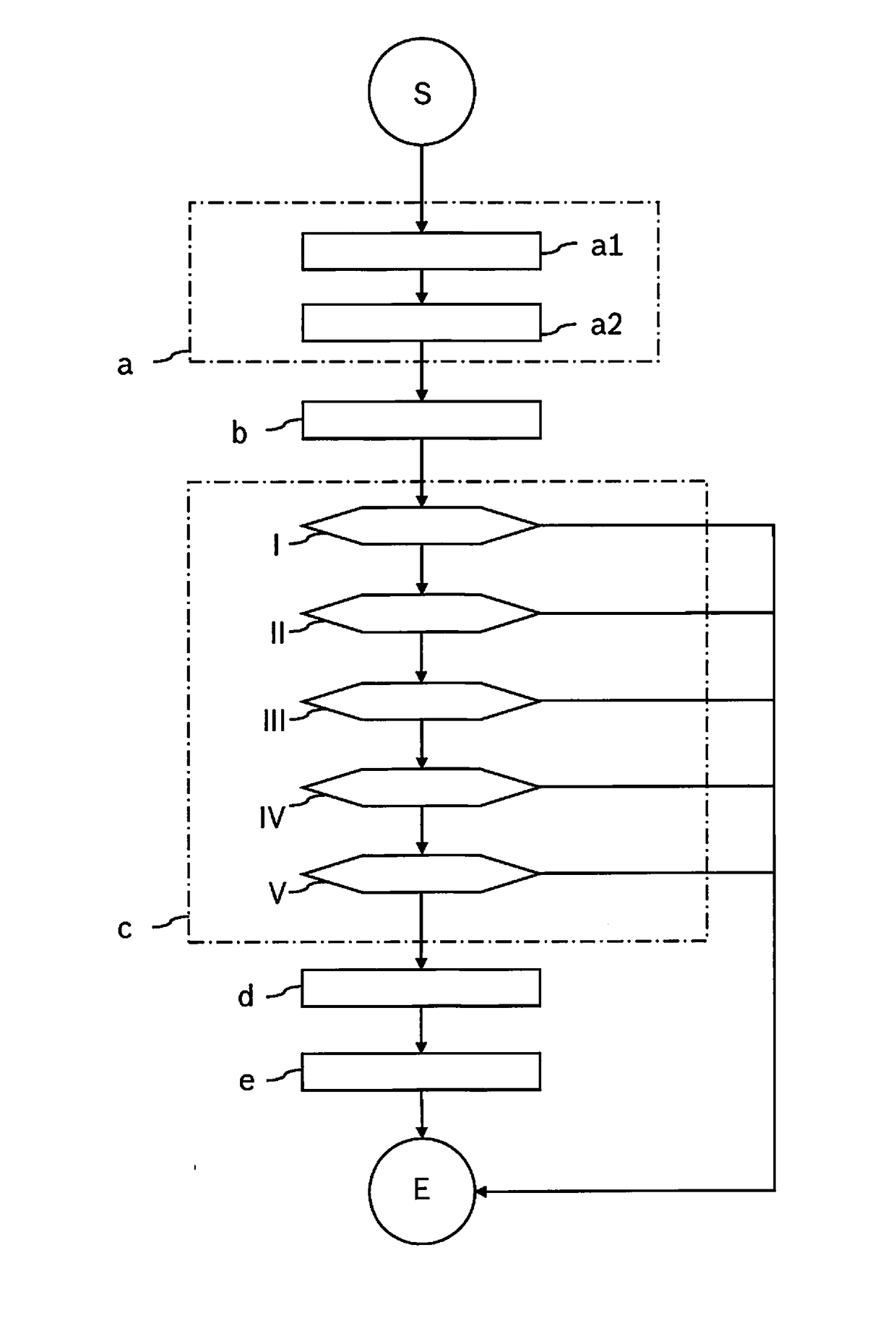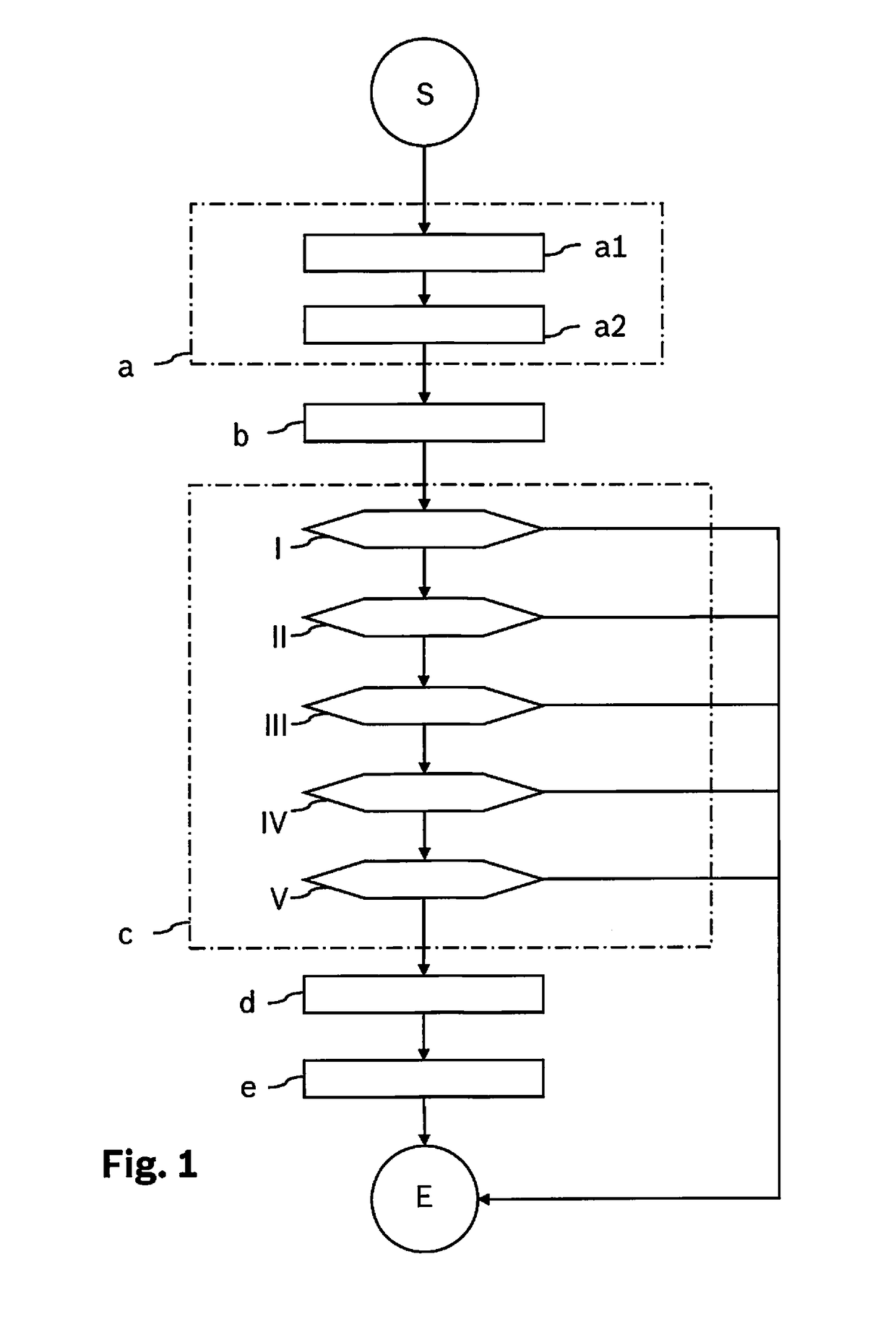Method for ascertaining an internal resistance of an electrical energy accumulator
an electrical energy accumulator and internal resistance technology, applied in the field of ascertaining the internal resistance of electrical energy accumulators, can solve the problems of inability to update the internal resistance, the method requires only little computational work in comparison, and the internal resistance is not updated, so as to reduce the standard deviation, reduce the computational capacity, and check the plausibility of the zero-phase resistance
- Summary
- Abstract
- Description
- Claims
- Application Information
AI Technical Summary
Benefits of technology
Problems solved by technology
Method used
Image
Examples
Embodiment Construction
[0023]FIG. 1 shows a first exemplary embodiment of a method for ascertaining the internal resistance of an electrical energy accumulator according to the present invention. The method starts in start S. To begin with, an analog voltage signal Uanalog and an analog current signal Ianalog of the electrical energy accumulator are converted into digital voltage values U and digital current values I in a method step a. This analog to digital conversion takes place in method step a by a first partial step a1 and a second partial step a2. In first partial step a1, analog voltage signal Uanalog and analog current signal Ianalog are low-pass filtered, which is done with the aid of an analog low-pass filter, for example. In a second partial step a2, low-pass filtered analog voltage signal Uanalog and low-pass filtered analog current signal Ianalog are then sampled in order to obtain digital voltage values U and digital current values I. The sampling for analog voltage signal Uanalog and analo...
PUM
 Login to View More
Login to View More Abstract
Description
Claims
Application Information
 Login to View More
Login to View More - R&D
- Intellectual Property
- Life Sciences
- Materials
- Tech Scout
- Unparalleled Data Quality
- Higher Quality Content
- 60% Fewer Hallucinations
Browse by: Latest US Patents, China's latest patents, Technical Efficacy Thesaurus, Application Domain, Technology Topic, Popular Technical Reports.
© 2025 PatSnap. All rights reserved.Legal|Privacy policy|Modern Slavery Act Transparency Statement|Sitemap|About US| Contact US: help@patsnap.com



